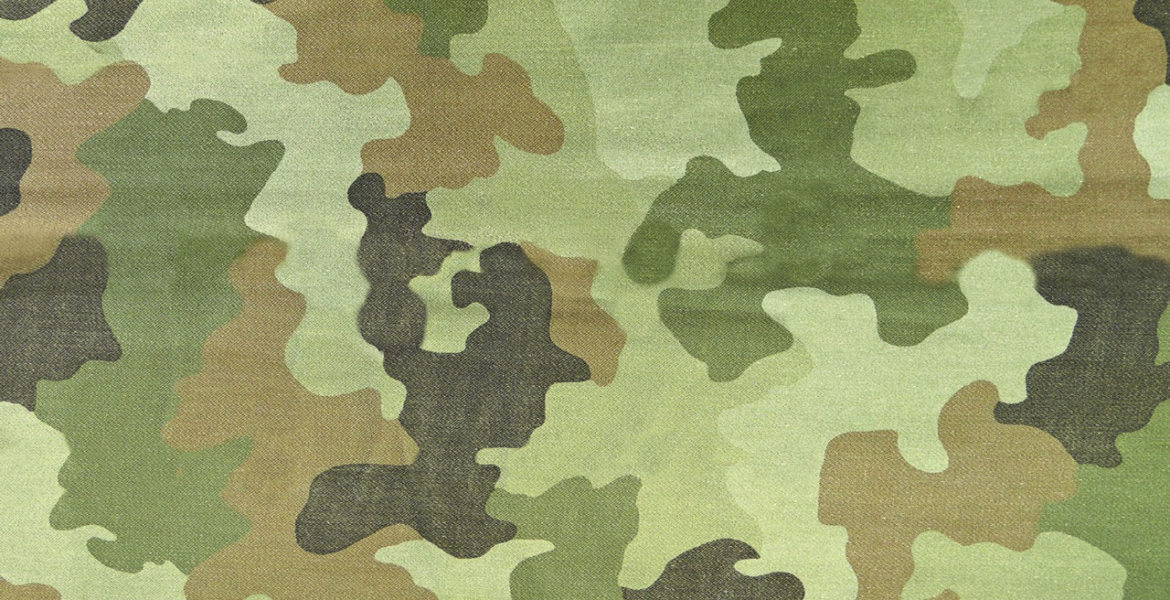The Interactive Advertising Bureau (IAB) recently released an updated version of its Native Advertising Handbook. We speak to Australia Technology Lead Jonas Jaanimagi to understand what’s happened with native in the last three years.
Native advertising has gained huge momentum, and now makes up 68% of digital display advertising in Australia. Its seamless integration into the platforms it inhabits is having lasting impressions on audiences, taking the disruptive advertising model and making these messages something to be enjoyed.
However, as consumer behavior evolves, so too does native, and for marketers itching to harness the advantages, staying on top of trends and best practices is a must.
The updated eight-page Native Advertising Handbook breaks down product definitions, programmatic native and simple recommendations. IAB Australia’s Technology Lead, Jonas Jaanimagi, introduced the new handbook at Verizon Media’s Native Decoded Breakfast event in Melbourne recently.
Jaanimagi shared his take on what native’s best practices are, and how the industry can use it in ways that are creative, ethical and result-driven.
“Today, the challenge is how to remain unique and creative in a native manner, whilst also being able to do things at scale and monetize as much as possible,” Jaanimagi explains.
“It’s been an interesting evolution, and so with this 2020 version of the Native Handbook, it is important to provide initial standards around the definitions, and simplify the recommendations.”
The handbook defines native advertising as “complementing the natural design, location, and behavior of the environment in which it exists, through content which provides a non-disruptive and relevant consumer experience to the context within which the ad resides.”
This can be broken down into three simple native product types:
- In-feed / in-content Native
- Content recommendation
- Branded / native content
Native’s explosive growth as an ad format can come down to a stronger focus on quality, and a greater awareness of the customer experience.
Because native is more subtle than traditional advertising, it has proven to perform better with audiences, delighting them with entertaining and thought-provoking content. This has led to a significant shift from standard display ad spend into native spending.
“There’s been a consolidation of display and a drop in yield,” Jaanimagi explains. “Display banner ads aren’t as effective as they used to be. Native is now about 68% of display advertising dollars in various forms.”
While display formats still have a place, Jaanigai emphasizes that native is preferred in the long run because of the various ways it allows agencies and brands to share messages in content that is more visually and emotionally driven.
Technology has also been a key player in native ad growth. It’s been around for some time, but only now is Programmatic Native and automation being used to its potential, for its ability to drive consumer behavioral change and give marketers greater control over who sees their ads.
“By using contextual variables in real-time, programmatic native ads can be tailored to both the consumer and the environment at scale, and in effect, optimizing its performance,” Jaanimagi says.
“There are quite a lot of dos and don’ts in terms of programmatic native content and process. How to do things is a key part of the handbook now.”
From a disclosure point of view, the handbook emphasizes the importance of maintaining clarity and honesty.
Having the consideration for doing the right thing is important for upholding ethical standards, and so using language that conveys to the consumer that the advertisement is paid for is required.
Jaanimagi explains: “Good native content shouldn’t involve tricking the audience into thinking the advertising is editorial content.
“It should deliver enough value that the reader engages voluntarily, even though they’re aware it is coming from a brand.”
The handbook also features a range of case studies that showcase best native practices for publishers to learn from. Download your copy of the 2020 Native Advertising HandBook here.

